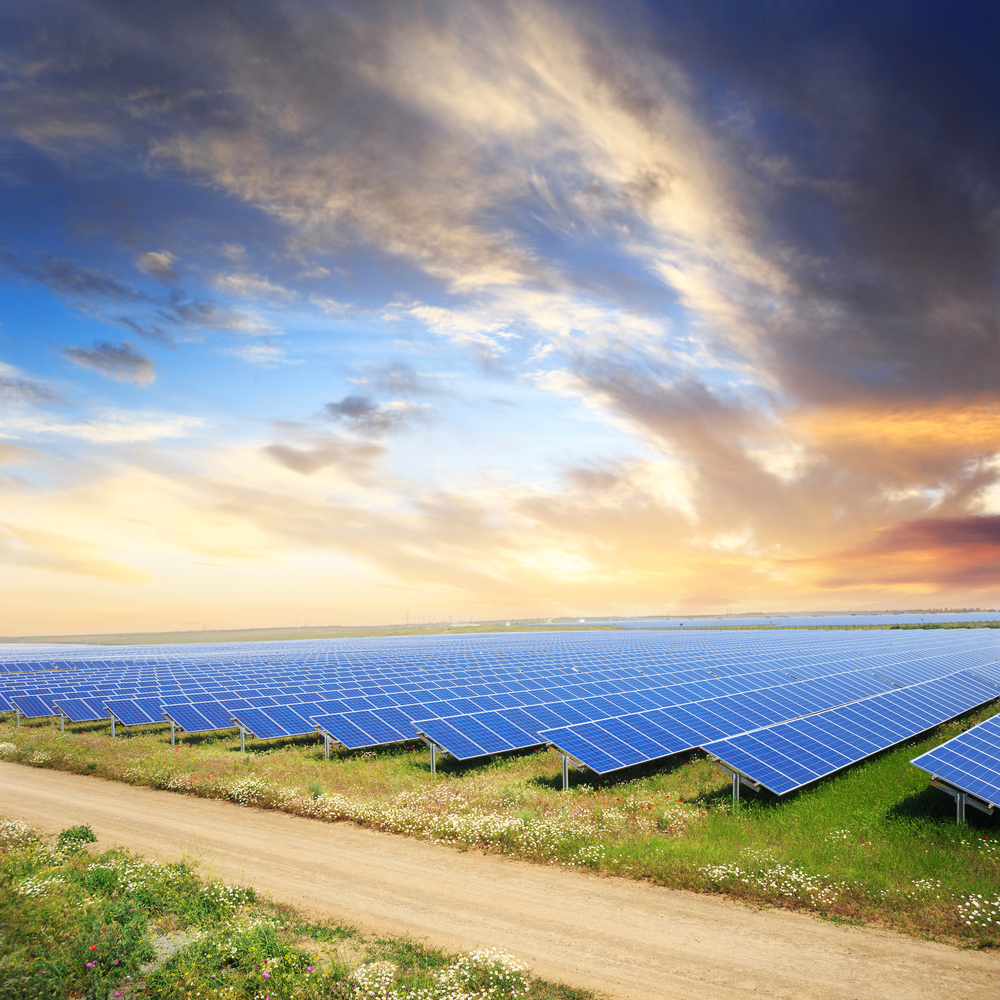Tokyo Japan has announced plans to build solar paneled roads to help make their 2020 Olympics and Paralympics into eco-friendly events. These load bearing solar panels are already being made. These durable roads generate electricity for adjacent communities as cars drive on them.
The first solar road in Japan was installed in a parking lot of a 7-eleven convenience store in Sagamihara, Kanagawa Prefecture in May of 2018. “The solar road system can generate 16,145 kilowatt-hours of electricity annually, covering about 9% of the entire electricity that the store consumes.”
The road is made of the solar panels that are installed in the ground and covered in a special resin that makes them extremely durable under the crushing weight of traffic.
The goal of Tokyo’s government is to have renewable energy account for around 30% of Tokyo’s power consumption by the year 2030. Compared to their previous target of 12% in 2016 it’s easy to see that there are high hopes for solar paneled roads.
The government hasn’t put any restrictions in terms of possible locations where the solar paneled roads can be installed, this increases the possibilities for the expansion of renewable energy.
One of the only problems with the solar paneled roads is the high cost. Since the technology is not widely used yet it’s not in very high demand, making it more expensive to produce. In France, it can cost up to 5 million euros or $5,780,250 US for one kilometre of solar road. Though you could argue that the amount of electricity the system would generate could justify the cost. Both France and the Netherlands have also been experimenting with solar roads of bike and walking paths.
Japan is also considering introducing power generating floors made from special ceramics that respond to pressure and turn the footsteps into voltage. Soundpower Corp, the company who developed it, says that the average walker can generate a current around 2 milliwatts of electricity. In other words, just one step can light up 300-400 LED lights.
The Japanese government is hoping that the coverage of the solar paneled roads leading up to the Olympic games will lead the way to expanding energy saving panels across the country. If the technology becomes more widely used it will become less expensive to produce and hopefully make its way to the rest of the world too.

